Affiliate links on Android Authority may earn us a commission. Learn more.
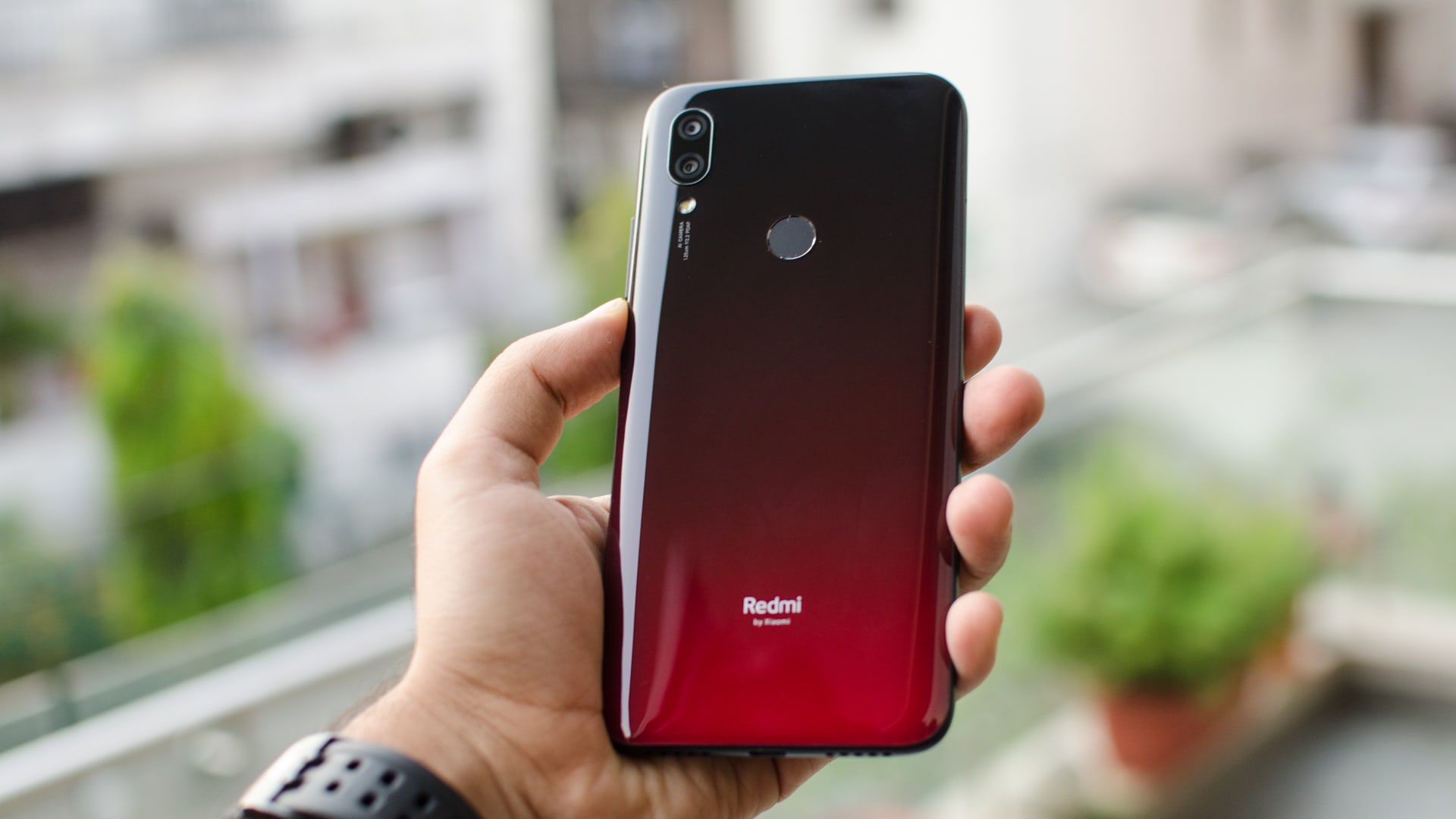
Xiaomi Redmi 7
What we like
What we don't like
Our scores
Xiaomi Redmi 7
Xiaomi’s 2019 lineup for Redmi phones represents a drastic step up in almost every aspect. From design to hardware and battery life, the all-new Redmi 7 is nothing like the phone it replaces. Renewed competition from Samsung, Asus, Realme and others have given Xiaomi a renewed focus and it is very visible in the company’s latest hardware.
We spent a week testing out the Redmi 7 and this could very well be one of the best budget smartphones in the market.
About our Redmi 7 review
I used the Redmi 7 as my primary phone over the course of a week while working on the review. Our Redmi 7 review unit ran Android 9 Pie with MIUI 10.2 on board. At the time of publishing, the build number on the device was 9 PKQ1.181021.001 with the March, 2019 security patch.
Design
- 158.7 x 75.6 x 8.5 mm
- 180grams
- Waterdrop notch
With the Redmi 7, Xiaomi is aiming for design parity with the Redmi Note 7 series. Looked at from the front, the similarities are very obvious and this time around, the Redmi 7 gains almost an inch in screen real estate, bringing it very close to the Redmi Note 7. The larger screen is accompanied by a waterdrop notch as is the trend these days.
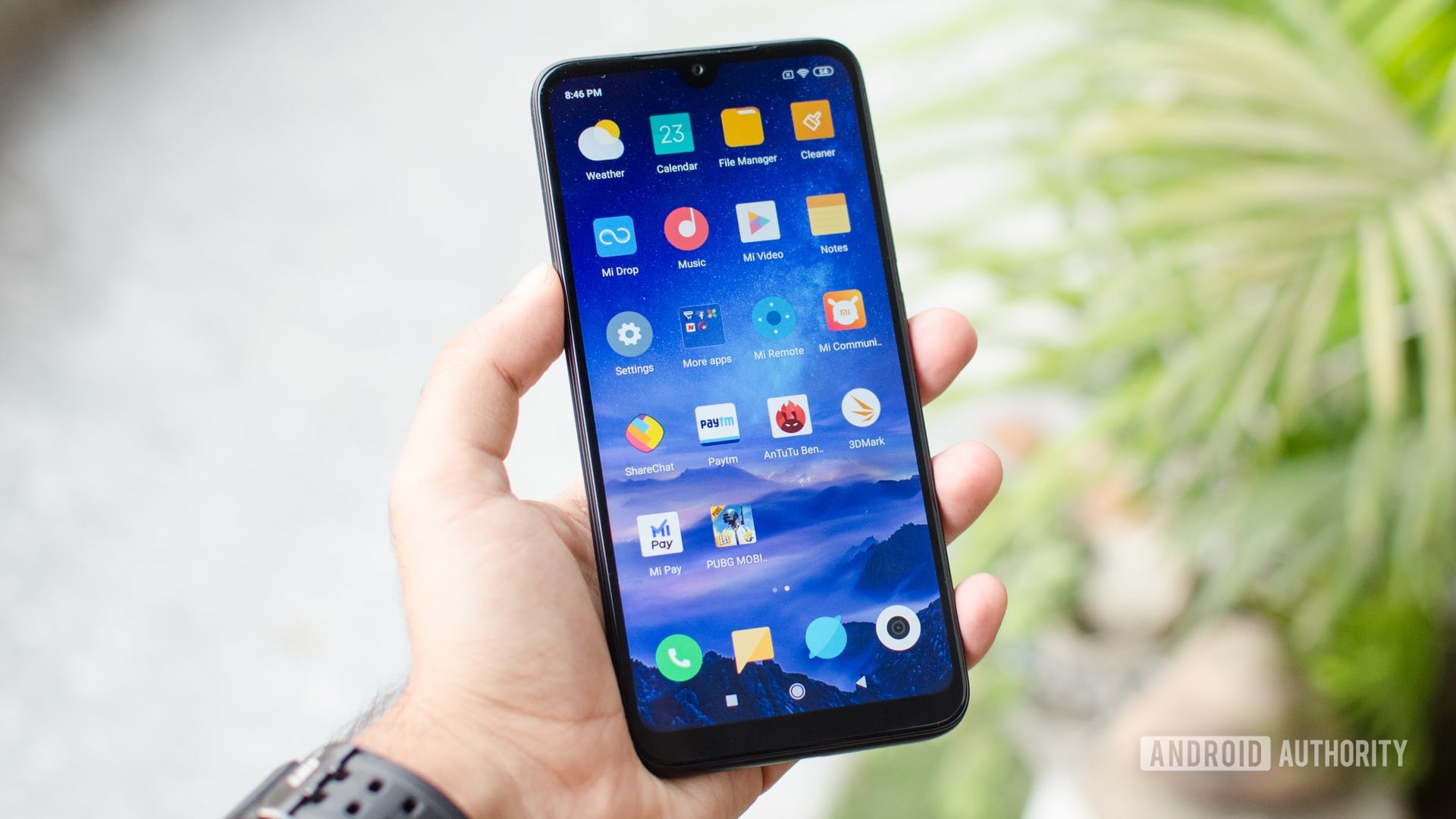
Unlike the Redmi Note series, the Redmi 7 is an all-plastic affair and it’s evident that some corners have been cut to hit its price. From the buttons to the frame, the phone feels built to a cost and there are definite issues with the fit and finish. Panel gaps are obvious along the side of the phone and we could feel a sharp ridge along the right side of the phone.
Between the panel gaps and rough edges, it appears that design took precedence over fit and finish.
The edges of the rear-mounted fingerprint reader too stand out. Edges around the mid-frame feel coarse to the touch. I suspect that this has more to do with pre-production hardware and/or streamlining production lines, but it still is something to be cautious about.
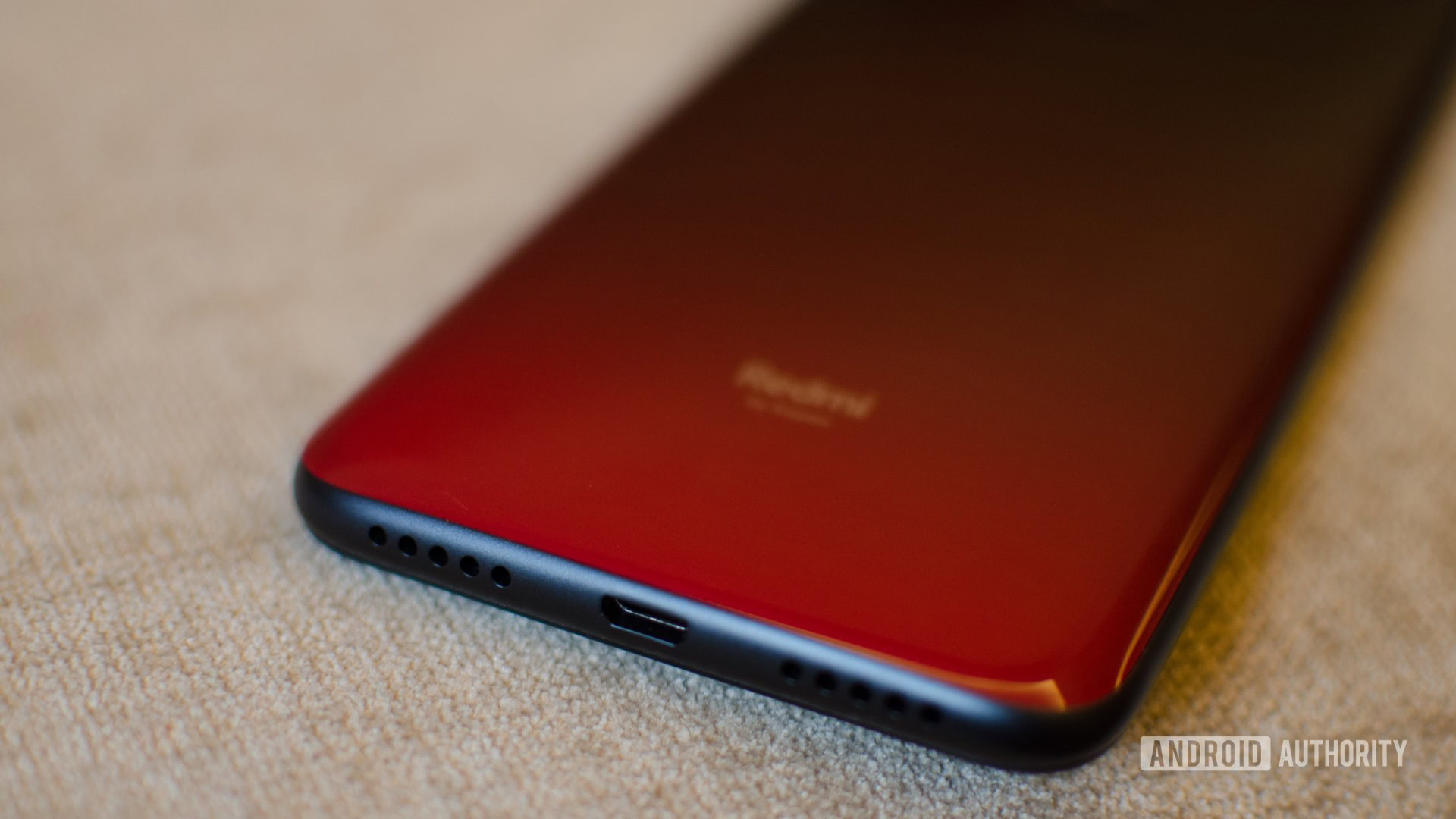
Our issues with the sharp edges and panel gaps aside, the Redmi 7 feels solidly built. The volume and power buttons are tactile enough and there are no unexpected wobbles when using the phone. The bottom edge has a Micro-USB port, something that is par for the course at this price point.
The phone has a single speaker but it manages to be pretty loud. There is little to no bottom end, but on the flip side, music doesn’t crackle even with the volume cranked up to the maximum.
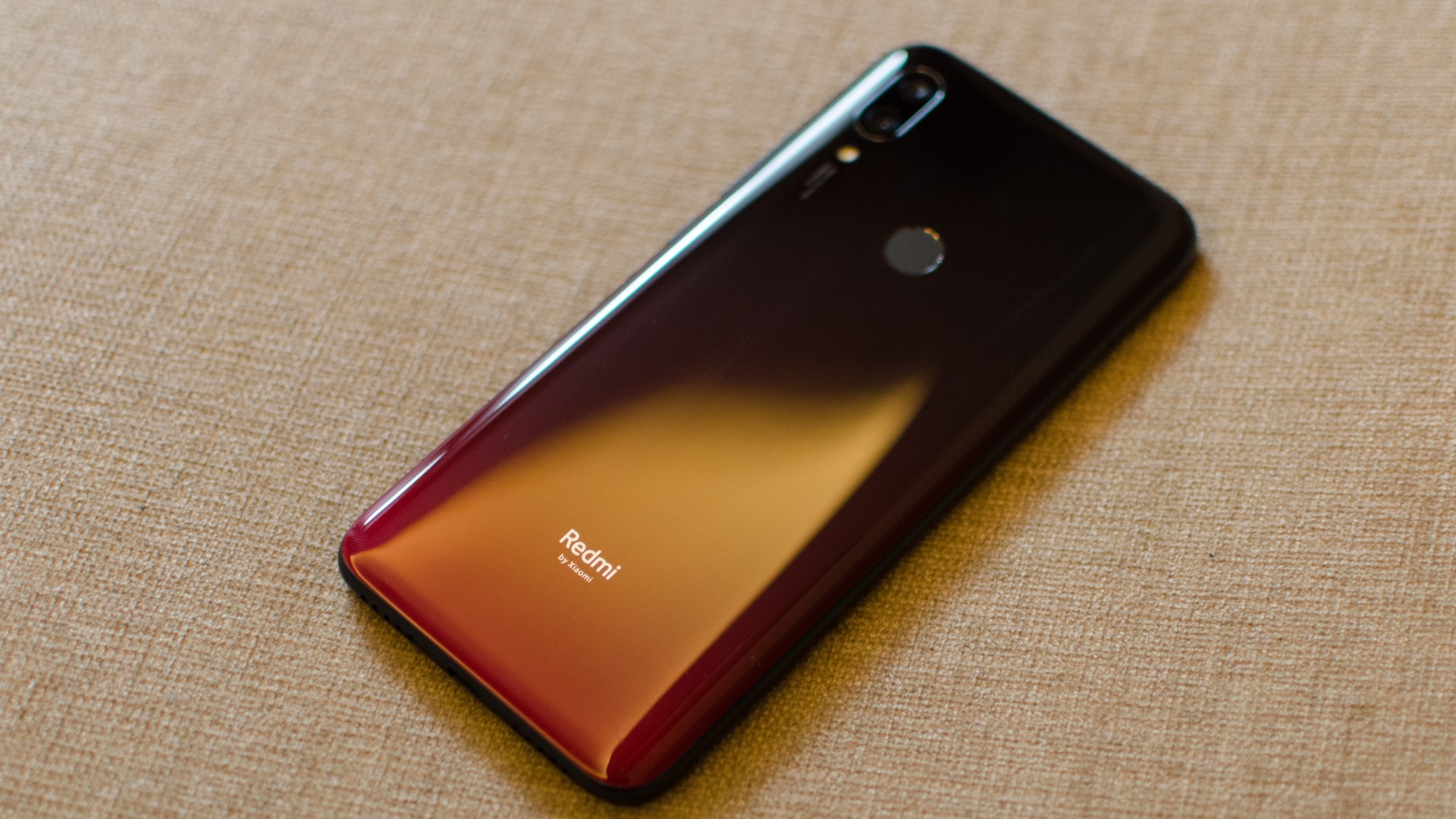
While the new color gradients, especially our candy-apple-to-black fade, look absolutely fantastic, holding the phone reveals its less than stellar quality. The back feels sticky, it attracts a lot of fingerprints. Xiaomi has clarified that the new glossy coating is going to be more susceptible to scratches too.
It seems that aspect took precedence over quality of materials this time around. If it wasn’t clear, I’m not too happy with the quality of plastics used on the back of the Redmi 7. That’s one of the key reasons I would recommend buyers to extend their budget and buy a Redmi Note 7 instead.
Display
- 6.26-inch LCD display
- 720×1520
The Redmi 7 sports a 6.26-inch IPS LCD display with a water drop notch. Other than slightly wider bezels, the phone looks almost identical to the Redmi Note 7 when looked at from the front. For a phone in this price range, the 720 x 1520 resolution is par for the course, but we still wish it had a Full HD+ screen. Regardless, this is one of the best displays you can get for the money.
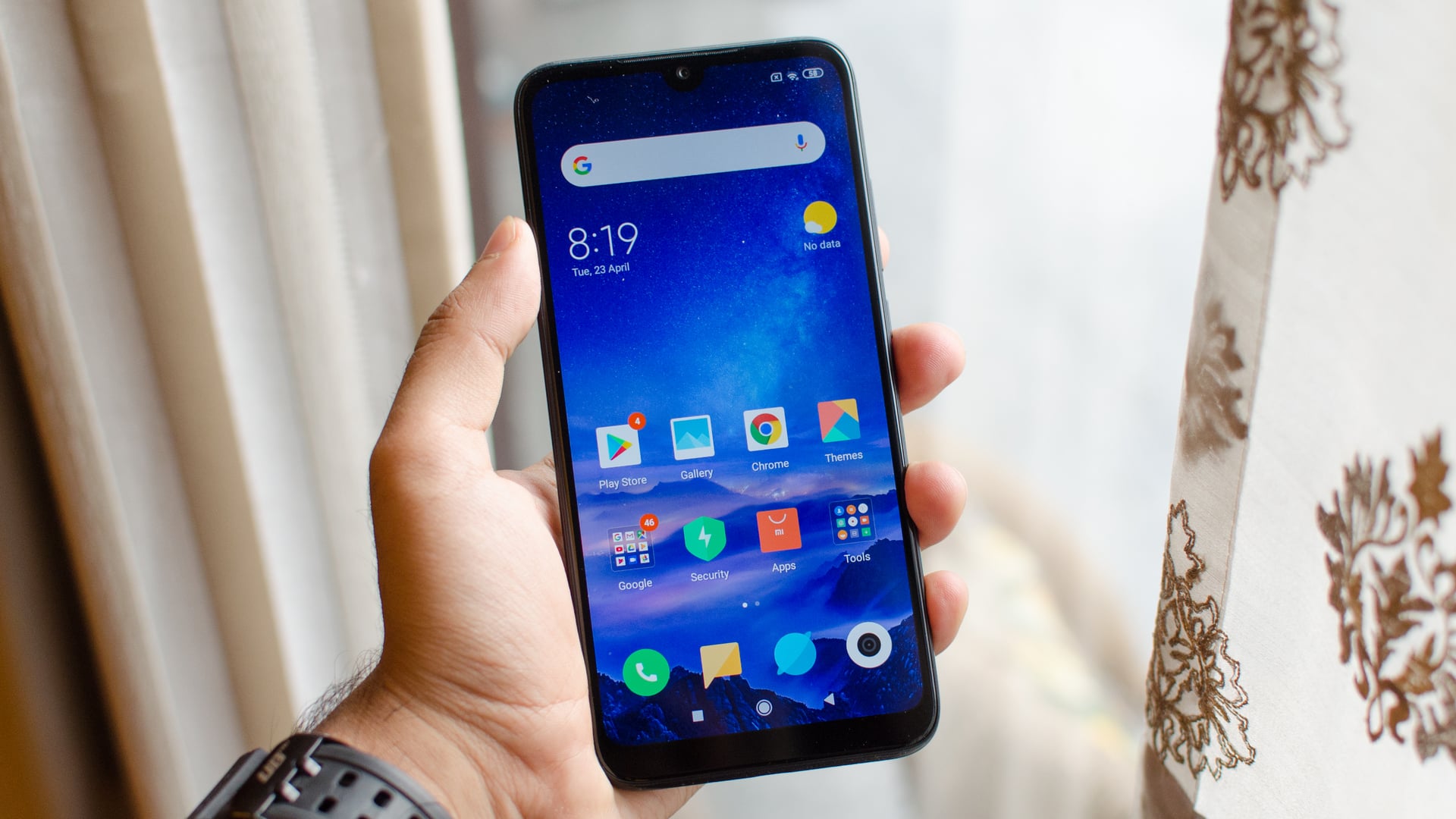
The screen goes sufficiently bright, and when I took it out in Delhi’s extremely harsh sunlight, visibility was not an issue. The color tuning is pretty accurate for an entry-level phone and the slight saturation boost that we’ve seen on other Redmi devices continues here. Viewing angles are great and I did not notice any color shift. Watching movies and images on the screen is a pretty good experience.
Talking about multimedia content, the phone does not have support for the Widevine L1 DRM, but that shouldn’t make a difference since the Redmi 7’s display isn’t a Full HD panel and you wouldn’t miss out on much.
Hardware
- Snapdragon 632
- 2/3GB RAM
- 32GB storage, expandable via micro SD
The Redmi 7 gets a big bump in performance with a jump to a Snapdragon 6-series processor. Powered by a Snapdragon 632 chipset, the phone ships with two or three gigabytes of RAM depending on the variant you opt for. There’s an Adreno 506 GPU onboard. Storage tops off at 32GB no matter what variant you opt for, but it can be expanded further via a microSD card.
We tested out the phone over Airtel’s 4G network and found that the phone does a reasonably good job at holding on to a network. Call quality wasn’t the best but it’ll do the job.
The 4,000mAh battery is a welcome upgrade.
A very welcome upgrade is the 4,000mAh battery in the Redmi 7. A huge jump over the 3,000mAh cell in the Redmi 6, the phone comfortably lasts a day and a half on a single charge. With lighter usage, you can easily manage two days of usage from the Redmi 7. Charging takes longer than we would have liked – the bundled 5V 2A charger takes a little over 130 minutes to fully charge the phone.
Performance
I wasn’t expecting much in terms of performance, but the Redmi 7 had me pleasantly surprised. With a standard usage set of Facebook, Gmail, Whatsapp, Twitter and Reddit, the phone did a rather good job. It wasn’t always the fastest at opening apps, but the key takeaway here was consistency. Be it scrolling or multitasking, as long as you keep your expectations in check, the Redmi 7 delivers on its promise.
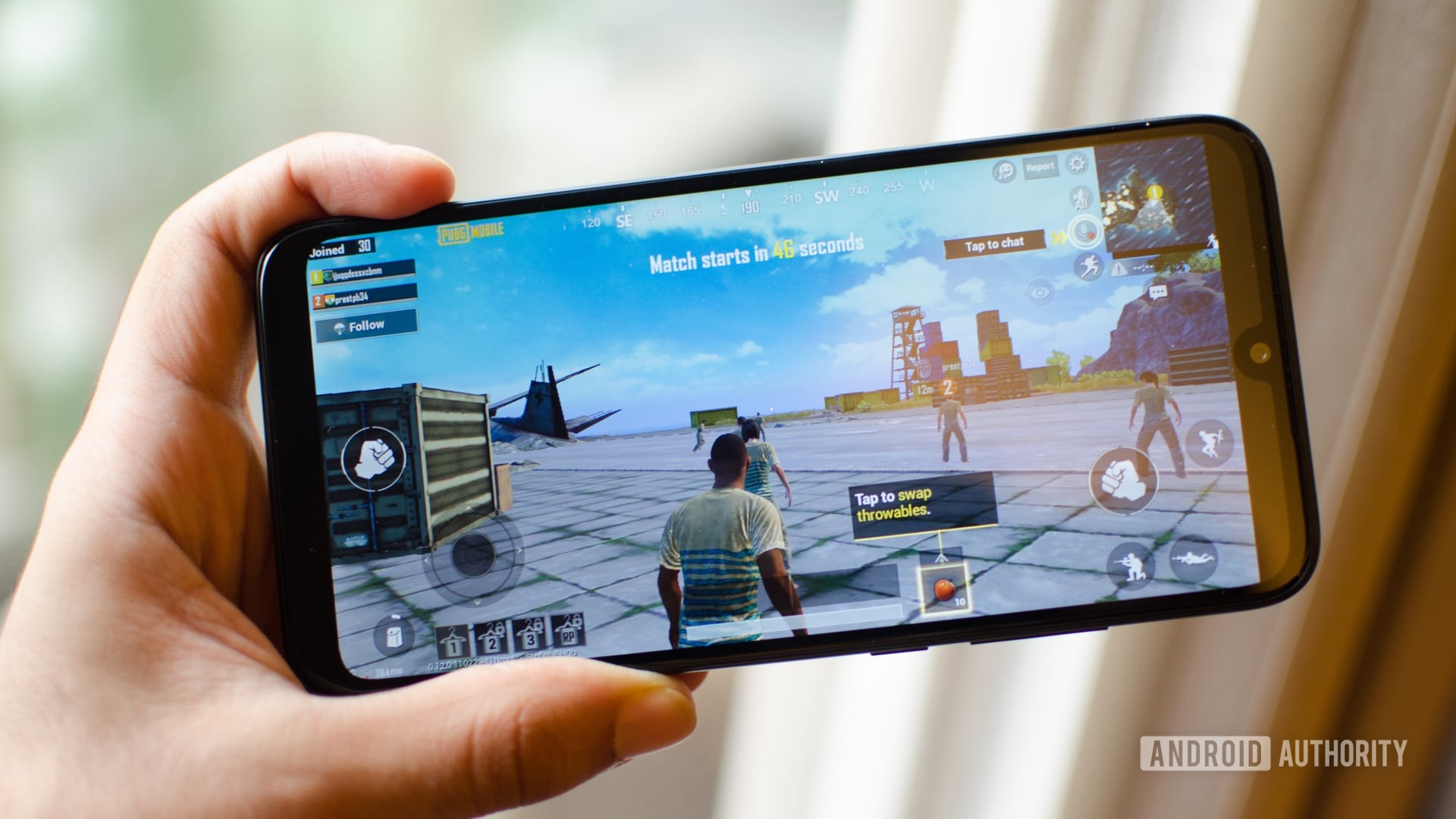
Gaming is a different story altogether. While PUBG does run on the Redmi 7, the experience is less than satisfactory. Pushing the graphics to the highest available option – balanced, HD – gave us mixed results. The game was playable, but it dropped frames often enough to not be a very enjoyable experience. Dropping graphics down further got me a consistent frame rate, but it’s clear the Redmi 7 is not the phone to buy if gaming is a big part of your use case.
Software
- Android Pie
- MIUI 10
It’s often the case that budget phones get relegated to older versions of software and no signs of updates. Not so with the Redmi 7. The phone runs Android Pie with a serving of MIUI 10 and all the positives, negatives that come with it.
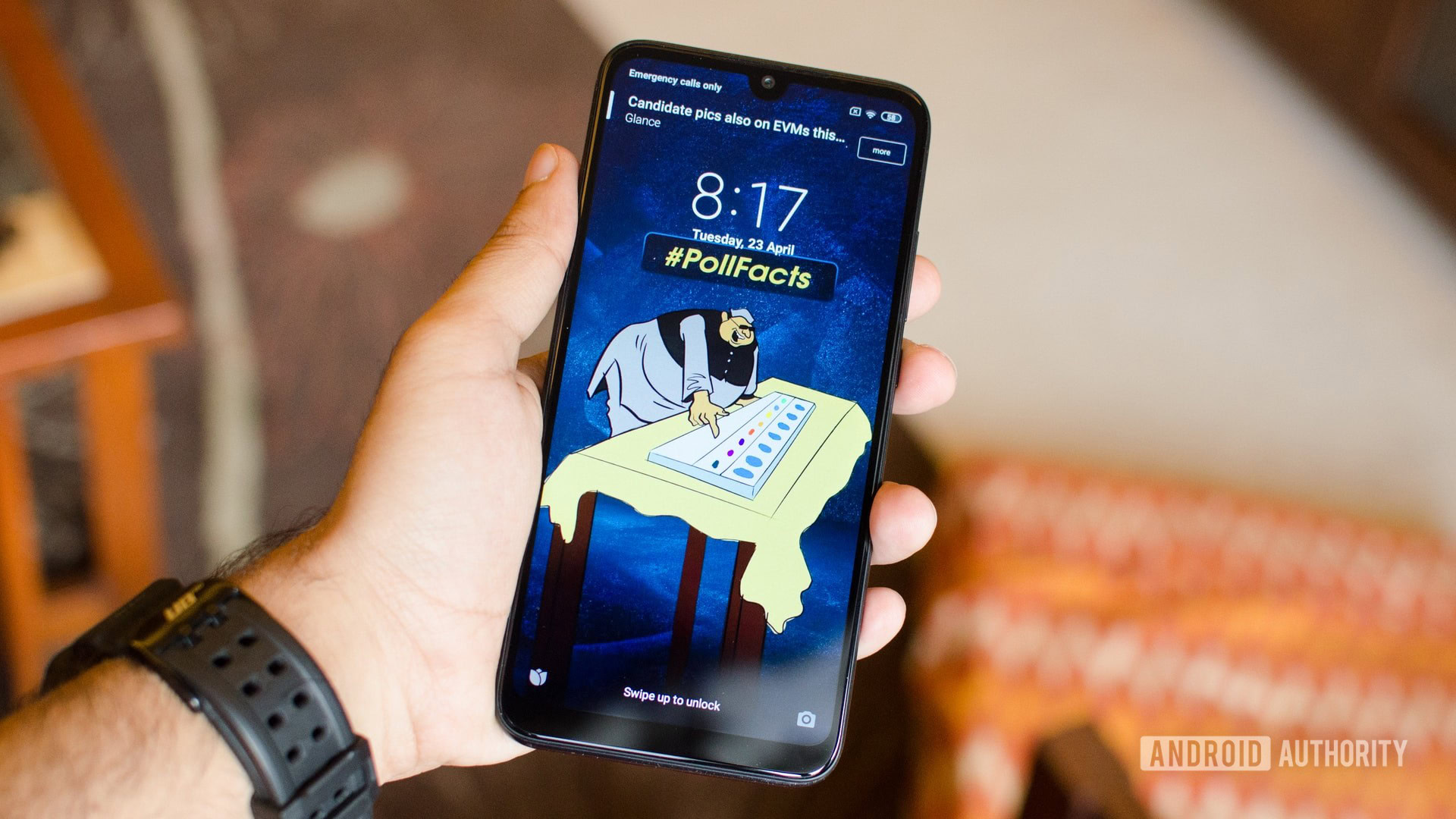
There are plenty of features here to please users who might want to customize the interface of their phone. You can switch between buttons and gestures for navigation and turn off the notch depending on your preference.
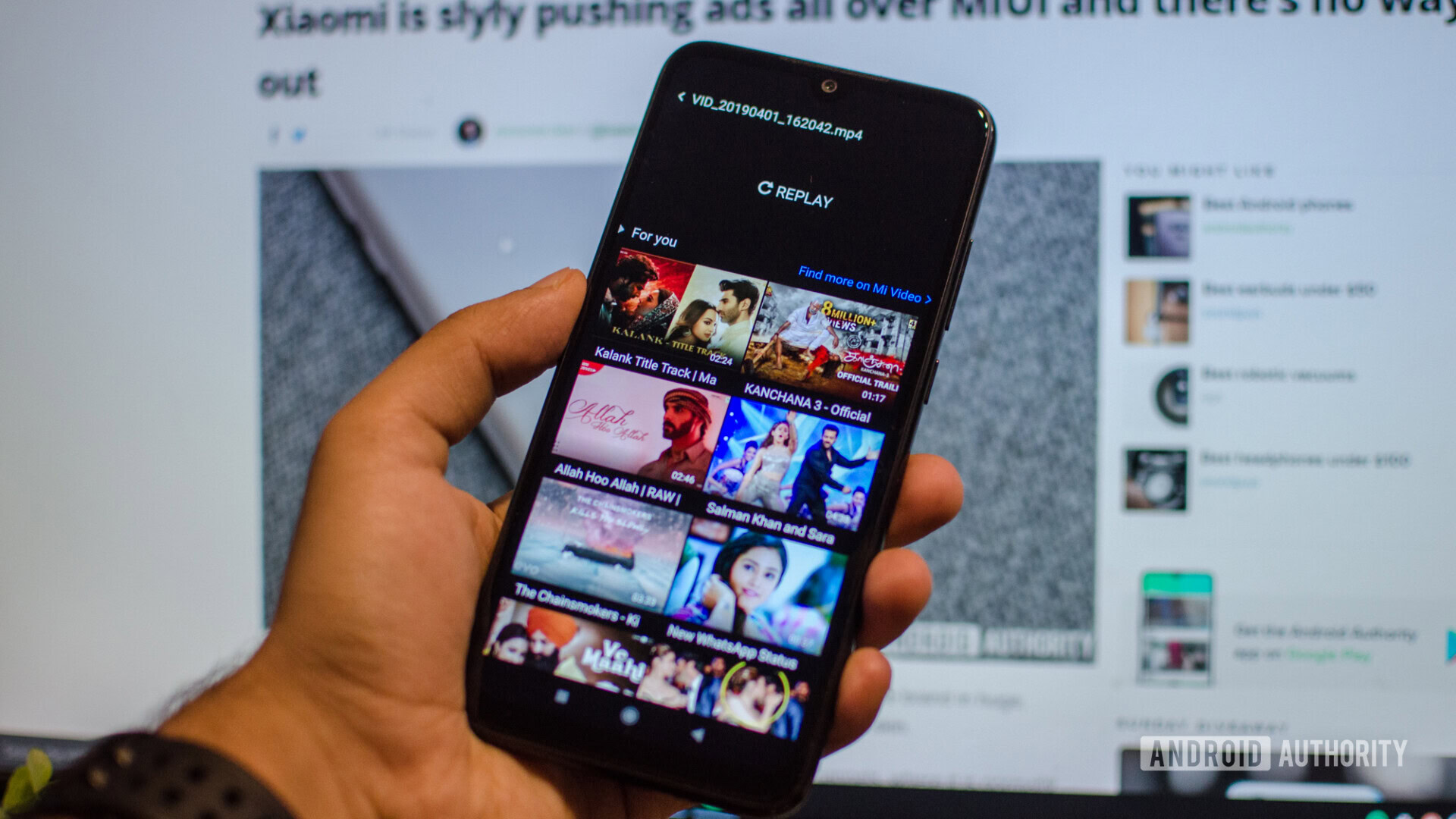
What’s not cool is the number of steps needed to turn off the sneaky little ads strewn across the interface. There are ads on the lock screen, ads whenever you install an app on your phone, and ads in the notification shade. The experience leaves you annoyed. And now that there are credible alternatives in the market, it’s high time that Xiaomi thinks long and hard about where it wants to take MIUI.
Camera
- 12MP primary camera
- 2MP depth sensor
- 1080p video recording
It is really interesting to see how high-quality imaging and multiple camera sensors have percolated down to entry-level smartphones. The Redmi 7 is a testament to that. The phone sports a combination of a 12MP primary camera paired with a 2MP depth sensor. The end results are rather impressive.
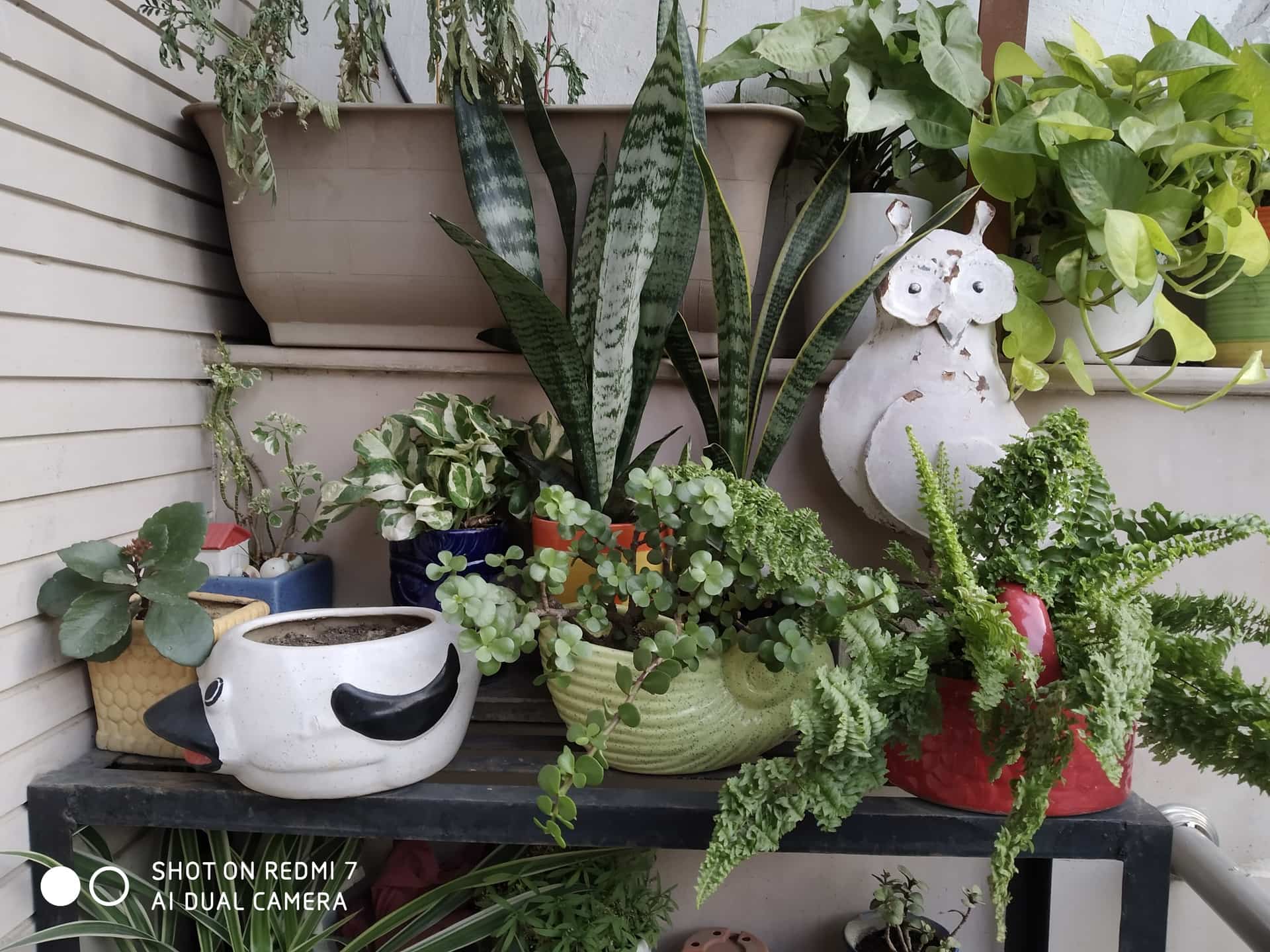
Images shot outdoors in good light were better than I expected from an entry level device. With the smart AI feature turned off, images were natural looking, and retained details in the shadow region. Unlike Samsung’s budget phones, the Redmi 7 did not burn out highlights, nor did it oversaturate images. However, if that is the look that you prefer, toggling the AI feature gives a very definite saturation boost to images.

Of course, this is still a budget phone and close examination of shots reveals a lack of details. Still, Xiaomi has done a pretty good job with tuning the Redmi 7’s camera and there is deceptively low noise even in shadow regions.
The phone does a good job at capturing portrait mode shots as well. Xiaomi’s algorithms have gotten a lot better and it’s great to see this trickle down to budget devices. Edge detection is rather good and the bokeh fall-off is fairly natural.

Low light or indoor shots can be a mixed bag. On one hand, with adequate ambient light, it is possible to get a good shot. But the phone tends to reduce the shutter speed, which makes it harder to get a sharp image. This is also not the phone to shoot with in extreme low light.
Video recording tops off at 1080p and 60FPS but there is no stabilization on offer.
I noticed that the shot-to-shot time wasn’t very quick. This is likely because of the slow chipset. The phone requires you to be patient with it. Even when viewing images, there is a noticeable lag between tapping open an image and the high resolution render loading up. The gallery displays a lower resolution preview in the meanwhile. Click through to view full resolution Redmi 7 camera samples.
Price and availability
The Redmi 7 is available in black, red, and blue, starting at 7,999 rupees (~$114) for the 2GB/32GB option, and 8,999 rupees (~$129) for the 3GB/32GB variant. The device is available via Mi.com, Mi stores, Amazon India, and participating retailers.
Specifications
| Redmi 7 | |
|---|---|
Display | 6.26-inch IPS LCD 720 x 1520 resolution 19:9 aspect ratio Corning Gorilla Glass 5 Dot Notch Display |
SoC | Qualcomm Snapdragon 632(14 nm) Octa-core CPU (8 x 1.8 GHz Kryo 250) |
GPU | Adreno 506 |
RAM | 2GB/3GB |
Storage | 32GB/32GB Expandable with microSD card |
Cameras | 8MP front camera Rear camera: 12MP sensor + 2MP depth sensor 1.25μm pixel size f/2.2 aperture LED flash |
Battery | 4,000mAh 10W (5V/2A) |
Software | Android 9.0 Pie with MIUI 10 |
Dimensions and weight | 158.65 x 76.43 x 8.47mm 180 grams |
Redmi 7 in the news
Redmi 7: Our verdict
The Redmi 7 is a return to form for one of Xiaomi’s most popular product lines. The phone delivers good performance and a well-optimized usage experience, and it looks smashing while at it. The annoying presence of ads in the interface is one of the few issues I faced with the phone. And while I would be a bit cautious because of the panel gaps and course edges, I suspect this is more a product of early production-related issues, rather than an effort to reduce costs at the expense of quality.
Beautiful design marks a return to form.
The Redmi 7 comes across as one of the best deals in the sub-rupees 10,000 category. Between the fantastic color scheme and the hardware, the phone is going to appeal to a lot of users. That said, I can’t help but feel the Redmi Note 7 would be a much better deal for most buyers. Costing just an additional 1000 rupees (~$14), the Note 7 has an all-glass design, a Snapdragon 660 processor, and a Full HD display. It is interesting how the Redmi 7’s biggest competitor comes from within Xiaomi’s own portfolio.
The realme 3i and realme 3, both, came across as solid competitors at launch, and the company has since launched updated models that bright a deeper focus on design and performance. The realme 5 is shaping up to be the device to beat in sub Rs. 10,000 (~$140) segment.
That’s it for our Redmi 7 review. What do you think about the phone? Do you like Xiaomi’s new design language? Is this the phone you would opt for or would you spend a bit more for a higher-end device? Let us know in the comments section.